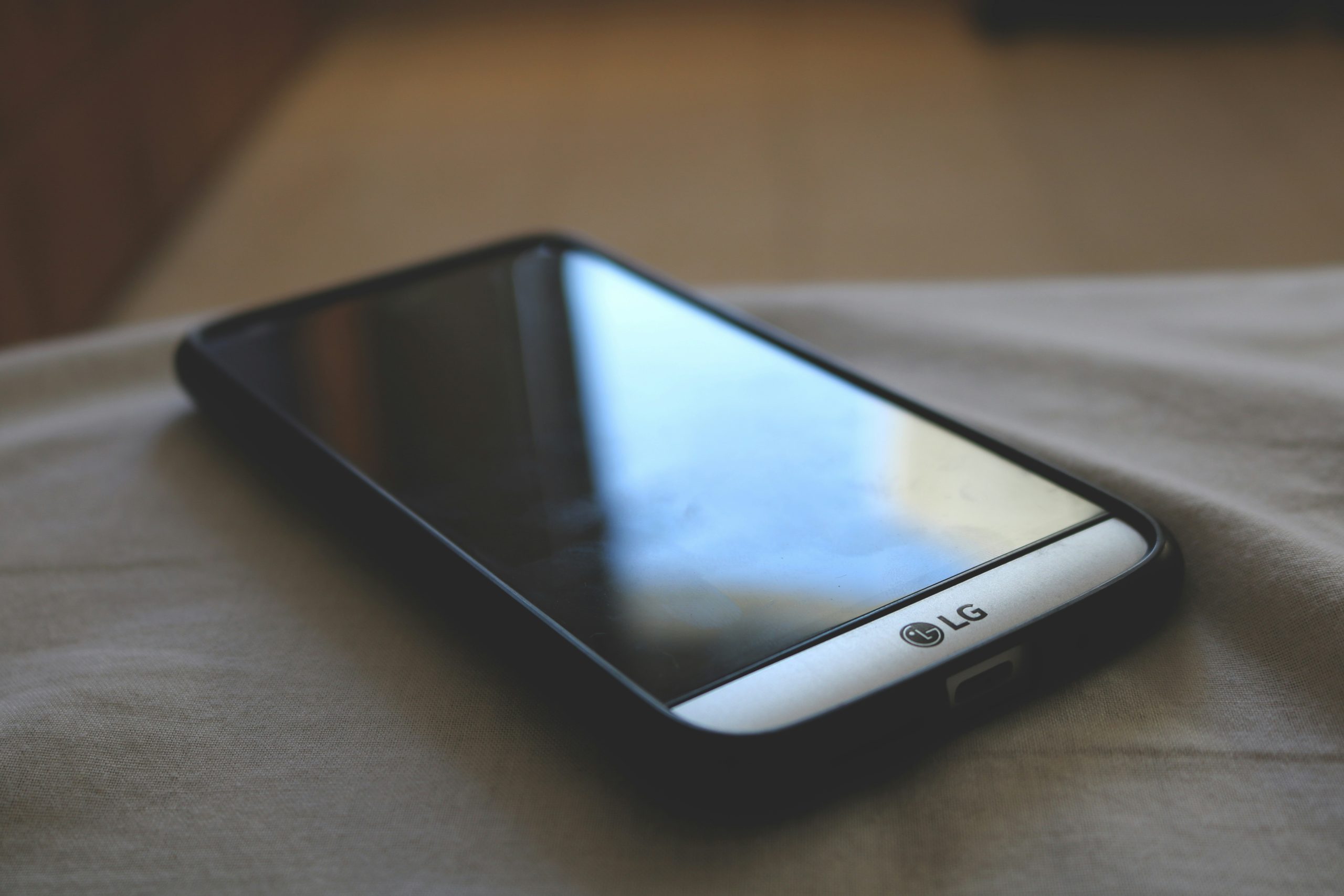Switching to a new phone is always exciting, but transferring data from one device to another can seem overwhelming. If you’re moving from an LG smartphone to a Samsung device, you’re in luck because Samsung provides tools that make this process seamless. This guide will show you step-by-step how to transfer data from LG to Samsung without losing your files, contacts, or apps.

Use Samsung Smart Switch to Transfer Data
Samsung Smart Switch is the official tool that Samsung provides to help users transfer data to their new Samsung device. It supports multiple types of data, including photos, videos, contacts, messages, apps, and more. The Smart Switch tool works wirelessly or via a cable connection, depending on your preference.
Step 1: Install Smart Switch on Both Devices
Before starting, ensure that Samsung Smart Switch is installed on both your LG and Samsung devices. The app is usually pre-installed on Samsung phones, but you can download it from the Google Play Store for free if needed.
On your LG device, open the Google Play Store, search for “Samsung Smart Switch,” and install the app. Repeat this step for your Samsung device if it is not already installed.
Step 2: Launch Smart Switch and Connect Your Devices
Open the Samsung Smart Switch app on both your LG and Samsung devices. You will be prompted to choose how you want to connect the devices:
Wireless Connection: If you want to transfer data wirelessly, make sure both devices are connected to the same Wi-Fi network.
Cable Connection: You can use a USB-C to USB-C cable or an OTG adapter to physically connect the devices for faster transfer speeds.
On the Samsung device, select “Receive Data” and choose the type of phone you are transferring from (in this case, LG). On the LG phone, select “Send Data” and follow the prompts to start the connection.

Step 3: Select the Data to Transfer
Once the devices are connected, you will be presented with a list of data types that can be transferred. These typically include contacts, messages, call logs, photos, videos, apps, and documents. Check the boxes for the types of data you want to transfer.
If you are using a cable connection, the transfer will typically be faster compared to a wireless connection.
Step 4: Start the Data Transfer
After selecting the data, tap “Transfer” or “Start” on your Samsung device. The app will begin copying the selected data from your LG device to your Samsung device. The duration of this process depends on the amount of data being transferred.
You can monitor the transfer progress on the screen. Once it is complete, you will receive a notification confirming the successful transfer of data.
Verify the Transferred Data
After the transfer process is complete, take a moment to verify that all your data has been successfully moved to the new Samsung device. Check your photos, messages, apps, and contacts to ensure nothing is missing.
If any data did not transfer correctly, you can repeat the process or manually move specific files using other methods like Google Drive or a USB cable.
Alternative Methods for Data Transfer
While Samsung Smart Switch is the most convenient option, there are alternative methods you can use to transfer data if needed:
Google Backup: Back up your LG phone to your Google account and restore the data on your Samsung device during the setup process.
USB Transfer: Connect your LG device to a computer, copy the files, and then transfer them to the Samsung phone.
Cloud Storage: Use cloud services like Google Drive or Dropbox to upload files from your LG device and download them onto your Samsung phone.
Transferring data from an LG phone to a Samsung device is a straightforward process, especially with tools like Samsung Smart Switch. By following the steps outlined in this guide, you can seamlessly move all your important data, including contacts, messages, photos, and apps, without any hassle. Whether you choose a wireless or cable connection, the Smart Switch app ensures that your new Samsung device is ready to use with all your essential information intact. If Smart Switch is not an option, alternative methods like Google Backup and cloud storage provide reliable solutions to help you complete the transfer.

